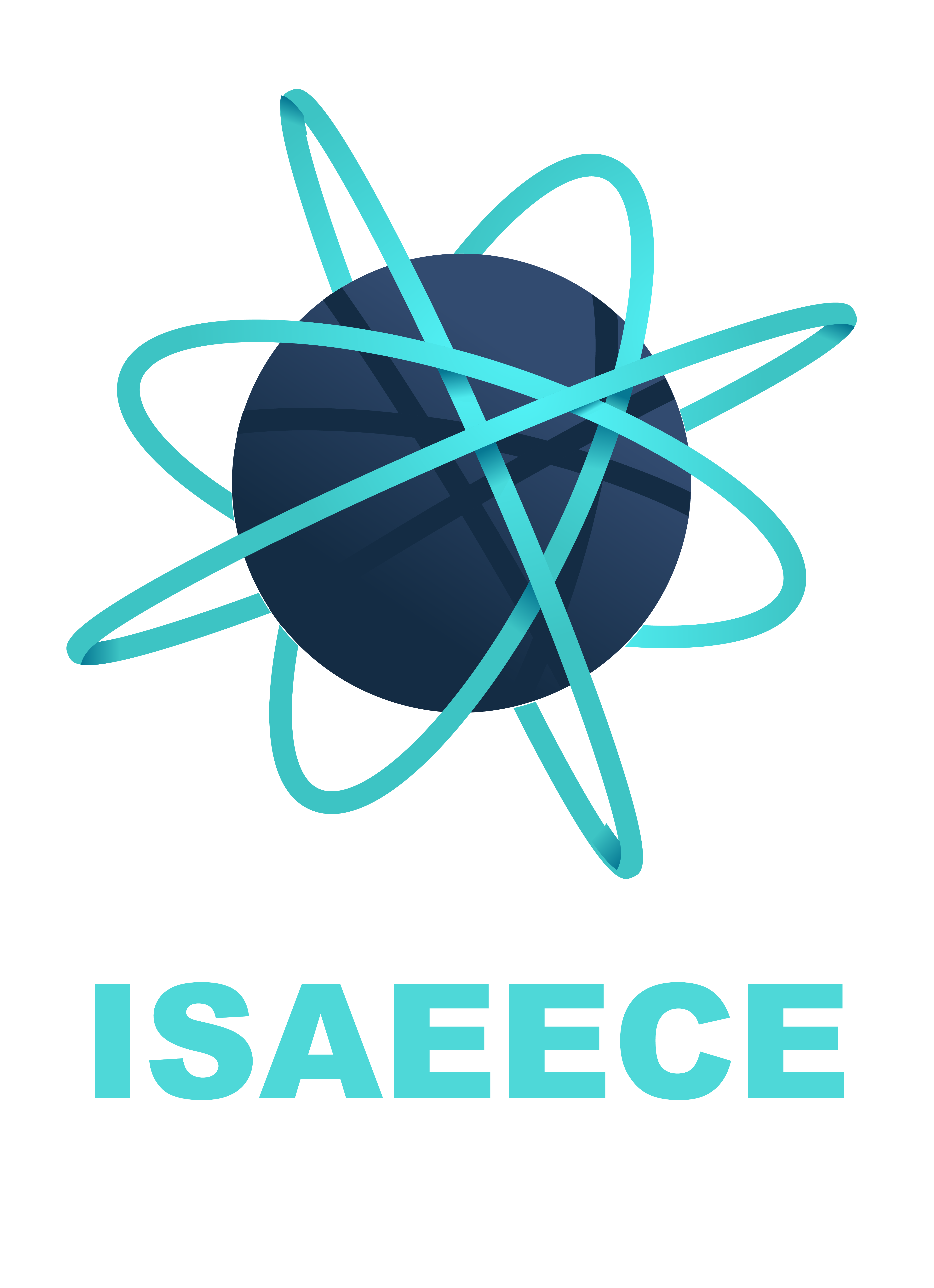
ISAEECE 2020
The 2020 5th International Symposium on Advances in Electrical, Electronics and Computer Engineering (ISAEECE 2020) was successfully taken place on February 28-March 01, 2020 in Zhuhai, China. All accepted full papers will be published by Journal of Physics: Conference Series (JPCS) (ISSN:1742-6588) and will be submitted to EI Compendex and Scopus for indexing.
*ISAEECE 2020: EI Compendex Indexing Scopus Indexing Conference proceedings in JPCS
Group Photo
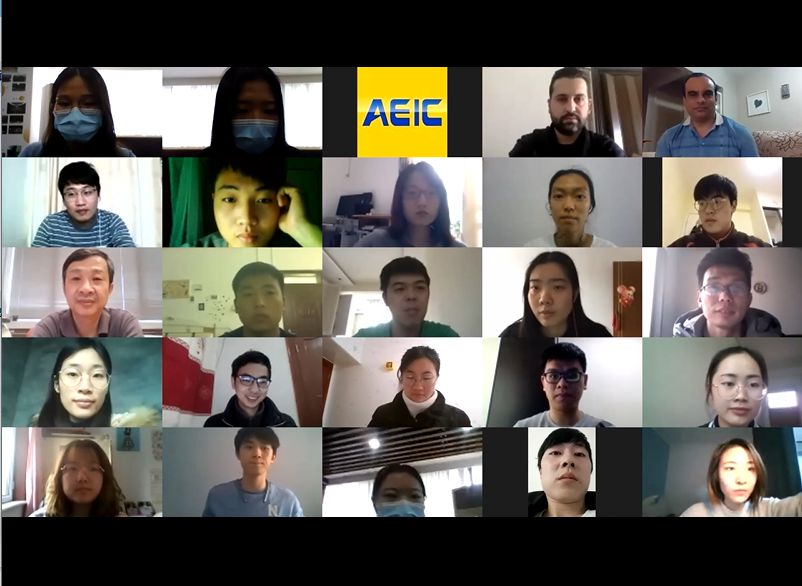
Keynote Speakers
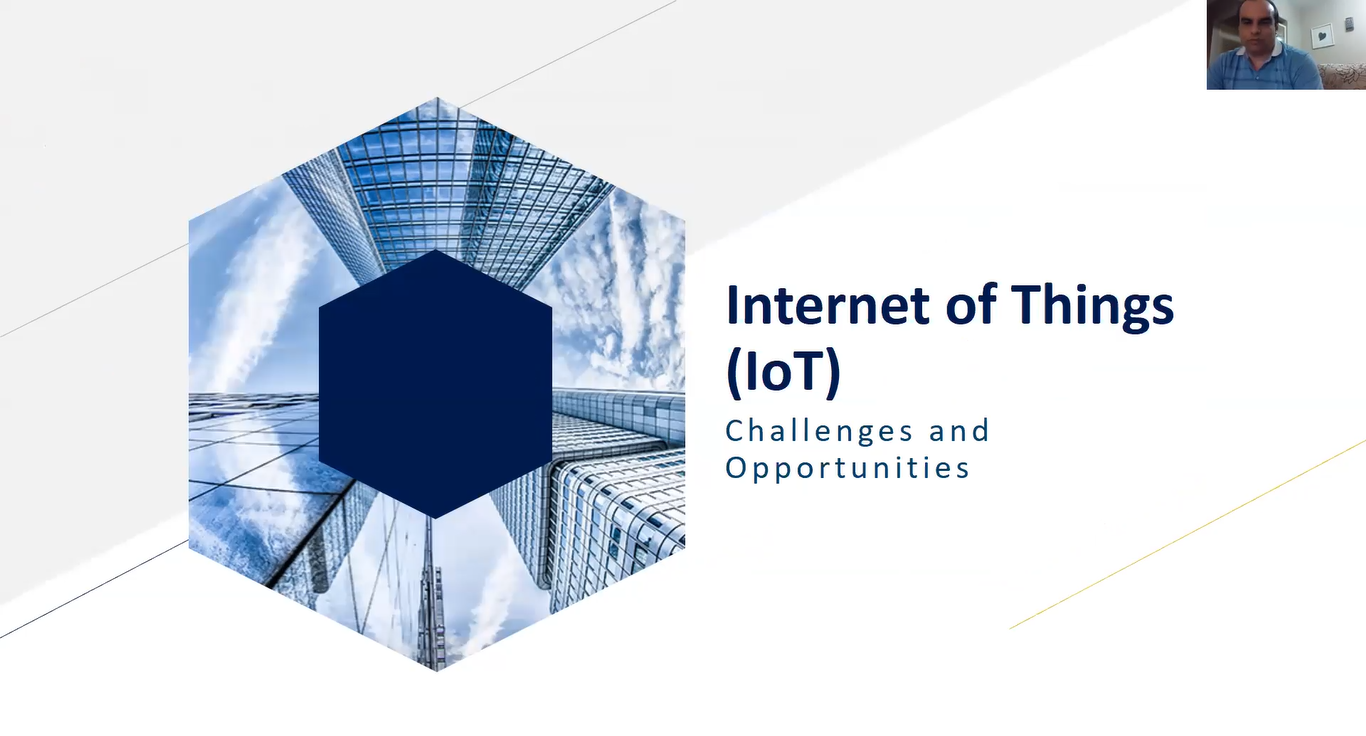 |
| Dr. Mahmoud Ahmad Al-Khasawneh, Al-Madinah International University, Malaysia |
| Title: IOT Opportunities and Challenges |
Abstract: The Internet of Things (IoT) entails a connectivity extension into a bigger range of human environment. It allows more data comprehensions, analytics as well as competences of control of the world. In many ways, IoT has impacted the lives of man. Indeed, the possible prospects of IoT have been explored by many. As IoT has greater capacity and interconnectedness, many have begun to employ IoT as replacement of previous technologies. Accordingly, among the novel initiatives driven by IoT technologies include Society 5.0 in Japan, Smart and Connected Communities in USA, and PICASSO (ICT Policy, Research, and Innovation for a Smart Society) in EU. All these initiatives are part of the scrutiny of future concepts that are important to both the culture and the society made possible with the technologies of IoT. Through IoT, consumers are presented with services and products that are innovative, at the time, place and in the manner that they desire. As IoT technologies improve in terms of reliability, affordability, extend of coverage, and in terms of its customization ability, the trend is expected to accelerate. Somehow, there are foundational obstacles currently facing IoT. Among these obstacles include the demand for scientific principles for the creation of IoT system design that is 4 strong, hardy, and foreseeable, in addition to the demand for engineering principles for the construction of IoT open-systems that are scalable, verifiable, and trusted, as well as the need for human-centric principles for system engineering with the application of IoT. |
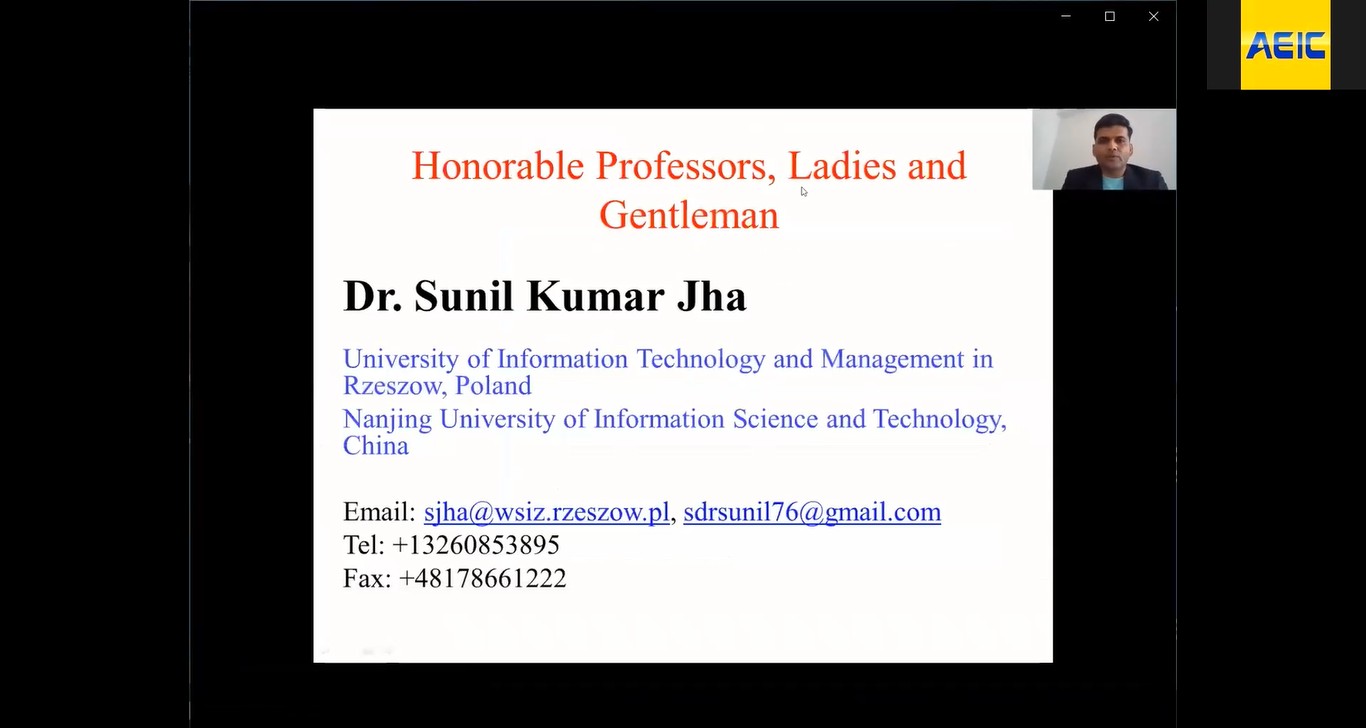 |
| Assoc. Prof. Sunil Kr. Jha, Nanjing University of Information science & Technology, China |
| Title: Electronic Nose in Chemical Vapor Sensing |
Abstract: An electronic nose system consists of an array of chemical sensors combined with a pattern recognition system. The chemical identity information is embedded in the sensor array output patterns. The pattern recognition system models the sensor array output patterns as multivariate statistical data, extracts or builds vapor identity features, and assigns class identity labels. An electronic nose system design is inspired by the working paradigm of human smell sensing (olfactory) system. The pattern recognition system creates mathematical signature of vapors from the measured response patterns, which are variously referred to as “vapor prints” or “ chemical fingerprints ” . The developments of electronic noses are important for several application domains ranging from the monitoring of hazardous chemicals in commercial and strategic environment, detection of disease through body odor or breathe sensing, monitoring of foods and beverage quality and freshness, detection of hidden explosives and narcotics to the biometric identification and forensics. The detection of hidden explosives is of paramount importance to homeland security and forensics. The present talk is concerned with the signal processing (or the software) part of the electronic nose system based on the steady state responses of the sensor array. The research contributions pertain to the following subtopics in this domain: (i) Preprocessing by data scaling and normalization, (ii) Denoising and outlier detection, (iii) Feature extraction by multivariate statistical analysis, (iv) Pattern classification by statistical and neural network methods, (v) Polymer selection by statistical data mining for sensor array design, and (vi) Quantitative identification by fuzzy clustering and fuzzy inference system. |
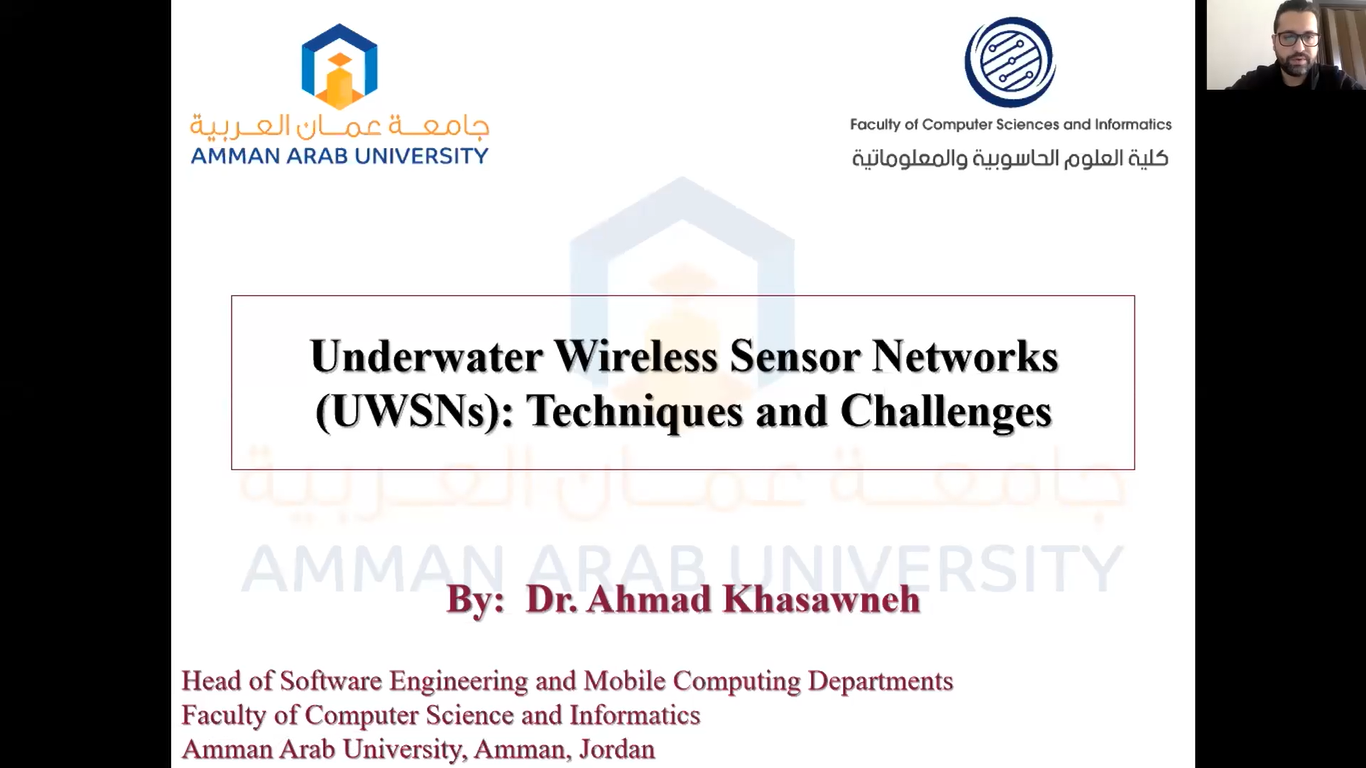 |
| Dr. Ahmad Mohammad Khasawneh, Mobile Computing of Amman Arab University, Jordan |
| Title: Underwater Wireless Sensor Networks, Challenges and Techniques |
Abstract: The underwater wireless sensor network (UWSN) is considered a promising technology for collecting valuable data from underwater areas, particularly for aiding military operations and environmental predictions. UWSNs consist of underwater sensor nodes that have limited energy and use acoustics for communication. Routing in underwater sensor nodes is one of the challenging issues in UWSNs because of the need to forward data packets with minimal energy consumption and a high packet delivery ratio. Selecting the next forwarding nodes is one of the key components of routing in UWSNs and has a direct effect on energy consumption and the packet delivery ratio. Therefore, this problem has gained much attention from the research community with the intent of enhancing the performance of UWSNs. |
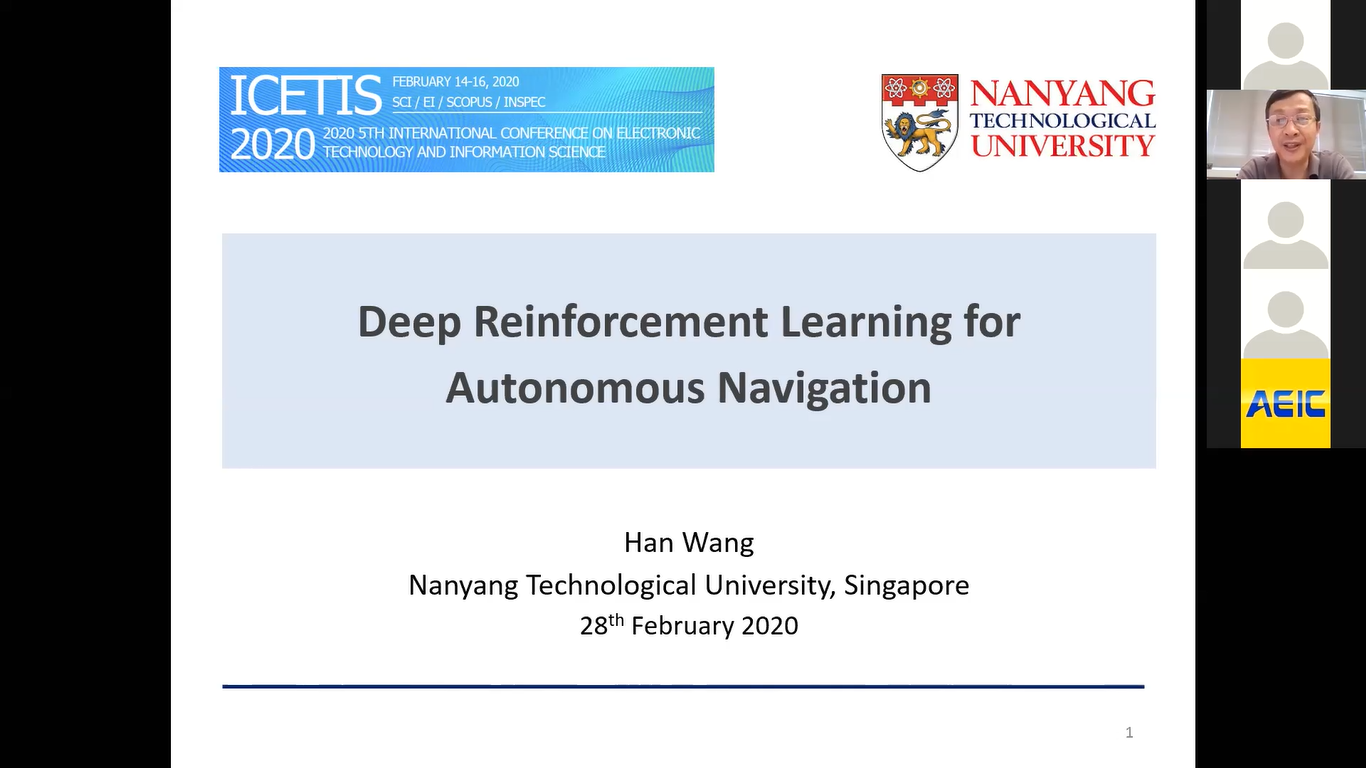 |
Dr. Wang Han, Nanyang Technological University, Singapore |
| Title: Computer Vision for Autonomous Navigation |
Abstract: 1. Deep reinforcement learning for free space exploration The talk will start on deep reinforcement learning for robot navigation. Conventional methods typically rely on a set of assumptions and require the manual tuning of a quantity of parameters. In contrast, robots are capable to learn steering automatically from previous experiences through deep reinforcement learning. In this paper, we propose a novel end-to-end network architcture for mobile robots to learn depth-based autonomous steering in complex environments through deep reinforcement learning. Specifically, two sets of feature representations are firstly extracted from the depth inputs through two different input streams. The acquired features are then merged together to derive the Q-values for both linear and angular actions via different branches of noisy fully connected layers. Moreover, a new action selection strategy is also introduced to achieve motion filtering by taking the consistency in angular velocity into account. Besides, in addition to extrinsic ewards, the intrinsic bonuses are also adopted during training for exploration improvement. After training, the proposed model is capable of mapping raw depth images to both linear and angular velocity commands directly and simultaneously with high efficiency. Furthermore, it is worth noting that although the proposed model is trained in a simple virtual environment, it is readily transferable from the training environment to much more complicated real-world scenarios so that no further fine-tuning is required for real deployment. Compared to a series of baseline methods, the proposed method demonstrates significant superiority in terms of average reward, convergence speed, success rate, as well as generalization capability. In addition, it exhibits outstanding performance in various static and dynamic cluttered real-world environments. 2. Obstacle detection, Kerbs Detection for unmanned bus The talk will discuss our recent industrial project of stereo vision algorithms for obstacle detection, include dynamic obstacle detection, negative obstacle detection, and kerbs detection using stereo vision. |
Oral Speakers
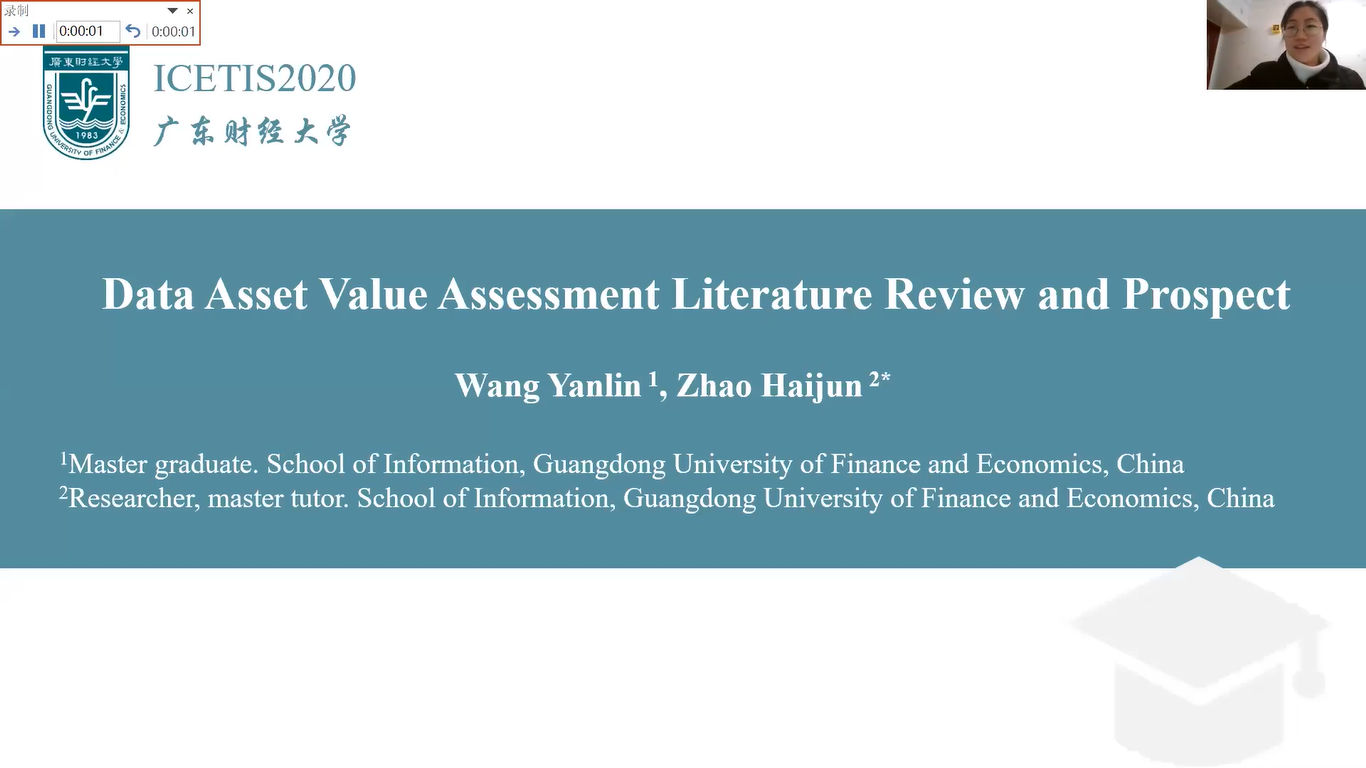 | 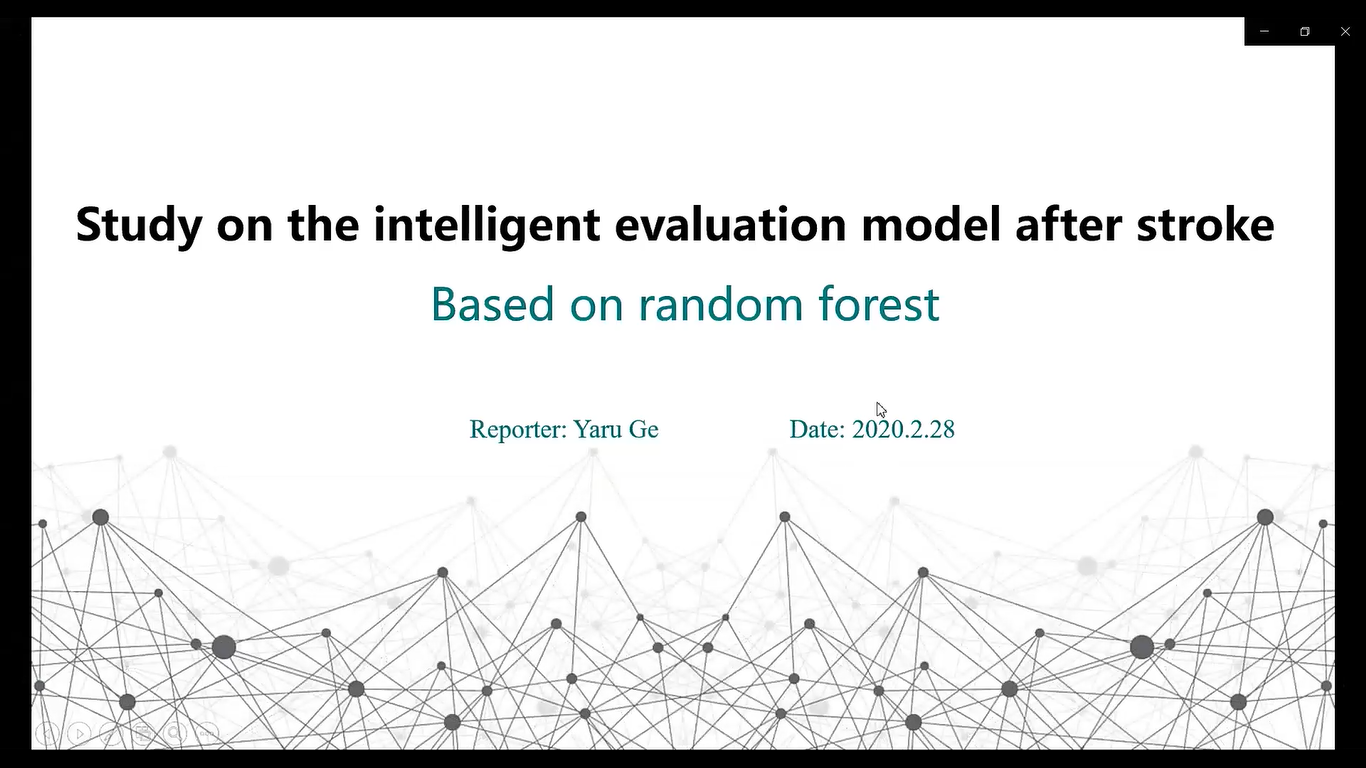 | 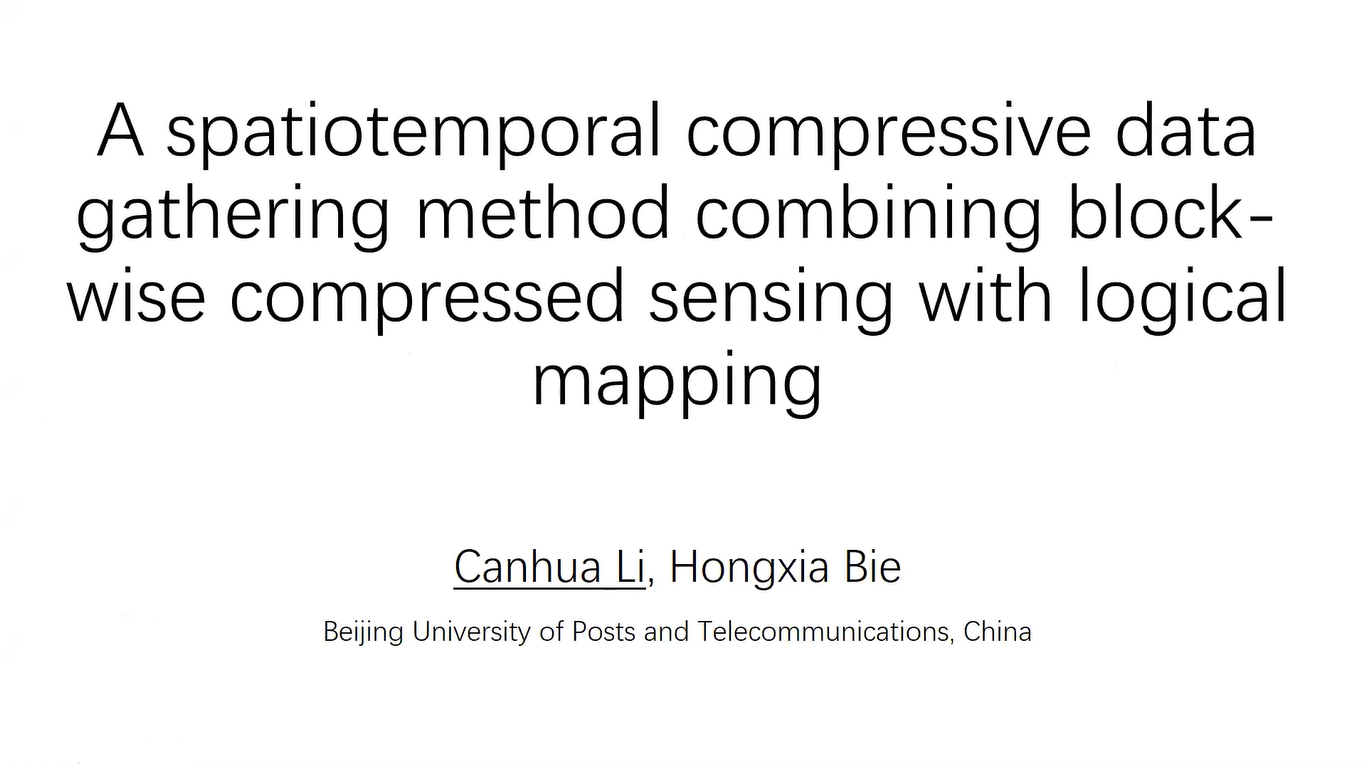 |